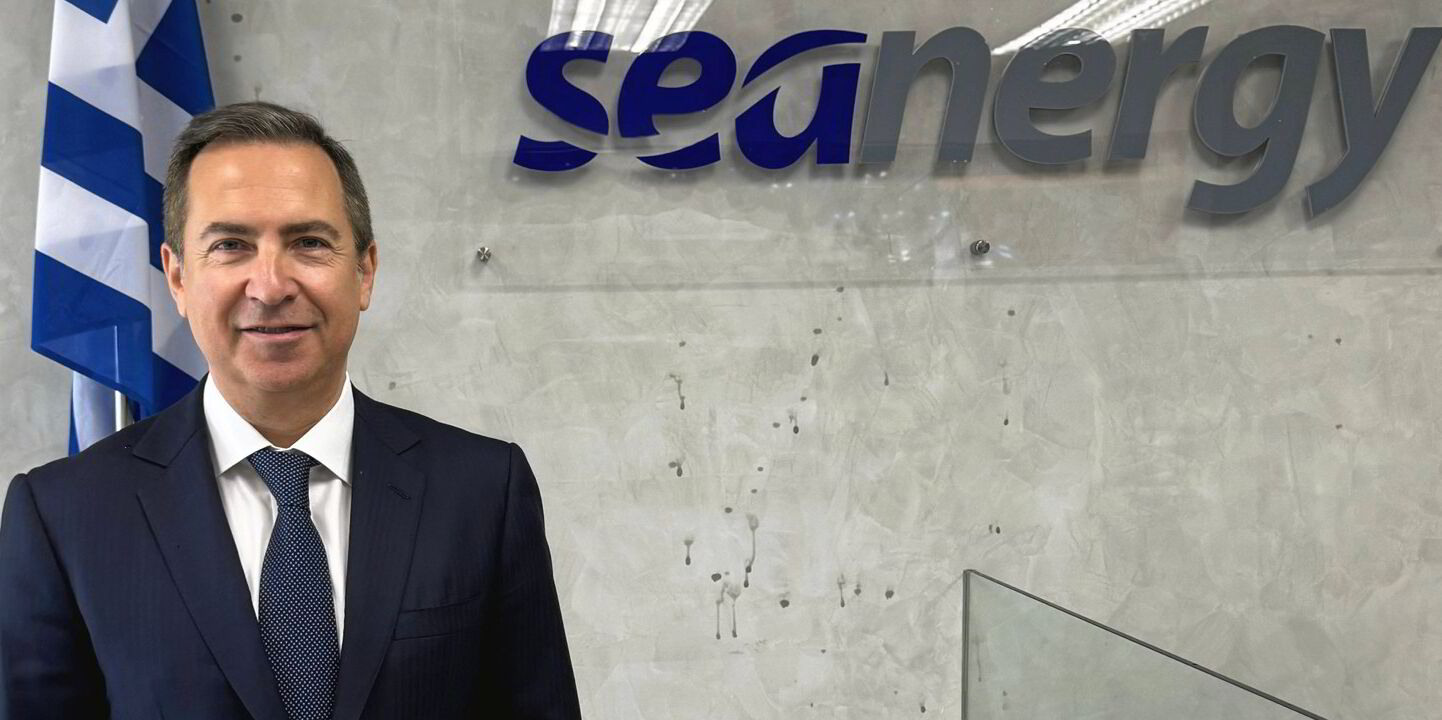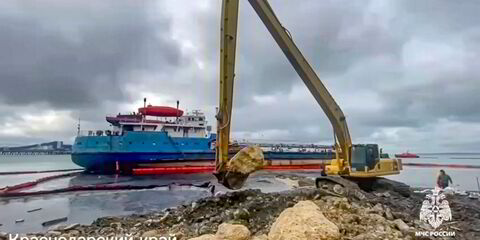The last barriers for completion of Africa’s largest mining and infrastructure project have been removed, with capesize owners set to receive a boost.
The $15bn Simandou scheme in Guinea has now won regulatory approvals from the country’s government and from major investor China, according to UK law firm Watson Farley & Williams (WFW).
The company has been advising the Republic of Guinea on the project.
Simandou is divided into two iron ore mines controlled by two joint ventures.
The first is the Simfer alliance, 53% owned by Rio Tinto and various Chinese companies. The second, Winning Consortium Simandou, is solely controlled by Chinese interests.
Clarksons Securities has calculated that at full capacity, the project could provide employment for up to 170 capesize bulkers annually.
Port and rail infrastructure will be managed by joint venture Compagnie du Transguineen.
The first train has now been ordered to service the project, WFW said.
“While Simandou revolves around the exploitation of four world-class iron ore blocks in southern Guinea, the project goes far beyond mining and includes the construction and operation of a 600-plus km multi-use railway line connecting the blocks to a large, newly constructed state-of-the-art mineral port to export up to 120m tonnes of iron internationally,” the law firm added.
“This new rail and port infrastructure will act as a catalyst for transforming Guinea’s economic development, unlocking prosperity well beyond the Simandou corridor as well as empowering local communities and reducing poverty nationwide,” WFW said.
Cross-border work
The cross-border WFW team that advised Guinea was led by Dubai projects partner Alhassane Barry.
Also involved were London corporate partner and global mining and commodities sector co-head Jan Mellmann and Paris regulatory and public law partner Arnaud Troizier.
First production from the Simfer mine is expected in 2025, ramping up over 30 months to 60m tonnes per year, of which Rio Tinto’s share will be 27.5m tonnes.
Clarksons Securities estimates effective annual production at 110m tonnes.
“Given the strong Chinese ownership interests in both mines, it is reasonable to assume that the majority of the tonnes from Simandou could be heading to China over a distance of 11,000 nautical miles [24,700 km],” the company said.
This is similar to the distance from Brazil to China.
“When accounting for additional loading time due to transshipment used in the area, we believe the project has the potential to tie up 170 capesize vessels annually at full capacity by 2028,” the investment bank added.(Copyright)




